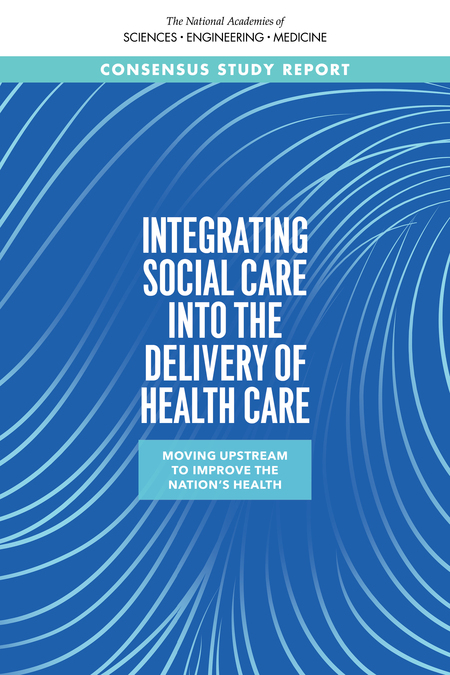Neither poverty and its influence on health nor financial toxicity from medical bills are new 21st century phenomenon.
Yet as a nation, the many facets of the U.S. still do not agree on the “appropriate boundary between medical and social care or between family and societal responsibility,” writes Regenstrief Institute Research Scientist and Indiana University School of Medicine Professor of Medicine Christopher M. Callahan, M.D., in an invited commentary in JAMA Internal Medicine.
What is more challenging than ever before, he notes in the commentary, is “the increasing fragmentation of medical and social care; the siloed access to services; the complexity of navigating local, state, and federal social programs while also navigating third-party payers; and the growing number of patients in need.”
In 2019 the National Academies of Science, Engineering, and Medicine published a framework for integrating social care into the delivery of healthcare which shifts the focus of care toward a greater balance between individual-based efforts and community-based efforts. Dr. Callahan reports that while, at present, few health systems are engineered for such a shift, health systems nationwide are beginning to invest in the infrastructure to support modification. According to Dr. Callahan these modifications include screening for social determinants, greater support for financial counseling, greater training in antiracism and cultural sensitivity, referral and linkage with state and federal support programs, workforce and workflow enhancements to facilitate integration of social care, and partnership with local community-based organizations.
While philanthropy currently supports investments nationwide in integrating social care into delivery of healthcare, Dr. Callahan says that to “make these shifts [to a greater balance between individual and community initiatives] sustainable, they must be accompanied by innovative financing and community partnership models that reach outside the walls of medical care.” He concludes that these new models, integrating medical care and social care, must be tested in real-world settings among diverse populations to demonstrate their value. Given the potential outcome on health disparities, he calls for pragmatic research funded with the same level of enthusiasm as the common biomedical research.
Dr. Callahan has 25 years of experience in studying clinical interventions and new models of care designed to improve outcomes for older adult.
More information:
Christopher M. Callahan, Moving Toward Fully Blended Collaborative Care, JAMA Internal Medicine (2021). DOI: 10.1001/jamainternmed.2021.4993
Provided by
Regenstrief Institute
Citation:
Integrating medical and social care (2021, December 14)



